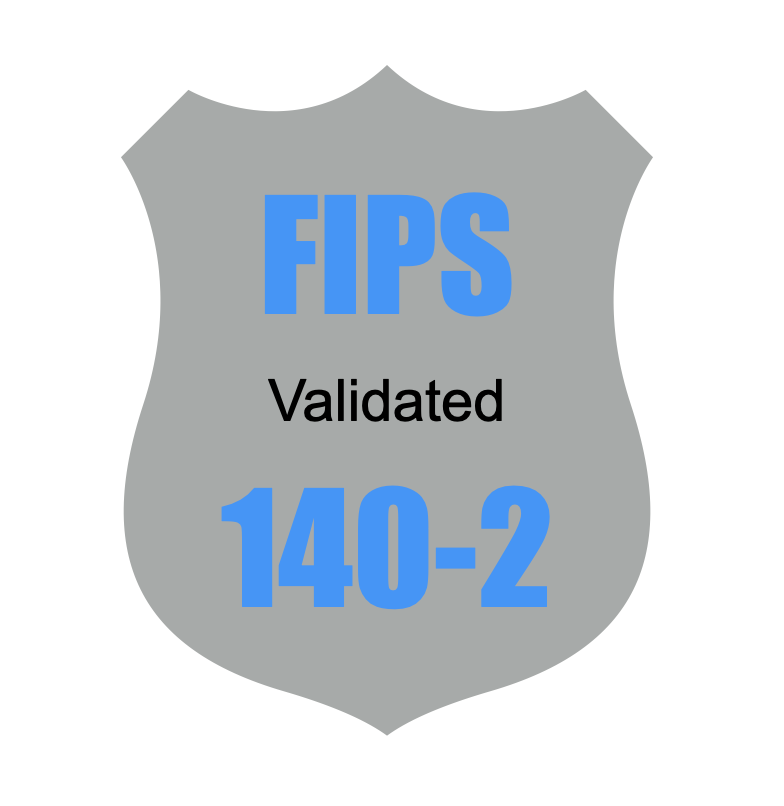
In the landscape of cybersecurity, one standard has been coming up more recently: FIPS 140-2. FIPS, which stands for Federal Information Processing Standard, is a crucial framework developed by the National Institute of Standards and Technology (NIST) to safeguard sensitive government information from the clutches of hackers. At its core, FIPS 140-2 is a validation process covering all cryptographic hardware, software, and firmware modules that handle data and communications. In this article, we will delve into what FIPS 140-2 is, why it is essential, its diverse use cases, and explore routers at 5Gstore that support this standard.
What Is FIPS 140-2?
FIPS 140-2, the current iteration of this standard, defines four security levels and sets stringent requirements for cryptographic modules. The primary objective behind FIPS 140-2 is to ensure the utmost security for sensitive data and communications. It provides a benchmark for assessing the effectiveness of cryptographic hardware, ensuring that products meet the rigorous standards set forth by the U.S. and Canadian governments.
Why Do You Need FIPS 140-2?
If you handle sensitive or protected information and work with the U.S. or Canadian governments, FIPS 140-2 validation is not just a choice; it’s a necessity. Government agencies, contractors, and third parties dealing with federal agencies are mandated to adhere to FIPS 140-2 standards. Additionally, private sector organizations under regulations like HIPAA must pass FIPS 140-2 validation, emphasizing its importance in the broader spectrum of data security.
FIPS 140-2 serves as a beacon of cybersecurity, especially in the face of sophisticated cyberattacks. It provides a measurable way to fortify devices and systems, making them resilient against evolving threats. Failure to comply with FIPS 140-2 can result in severe financial penalties, reputational damage, and legal consequences for regulated industries.
FIPS 140-2 Use Cases
FIPS 140-2 compliance ensures the security of applications transmitting and utilizing Sensitive But Unclassified (SBU) data. While it was initially tailored for U.S. and Canadian government entities, its adoption has expanded into various industries where cybersecurity and data privacy are paramount.
- Government Agencies
- Government entities, such as the FBI, Department of Defense, and U.S. Border Patrol, handling Controlled Unclassified Information (CUI) rely on FIPS 140-2 validated devices.
- Government Contractors
- Government contractors, including defense contractors, utilize FIPS-validated cryptography to protect the confidentiality of CUI on all devices.
- Public Safety/Law Enforcement
- Law enforcement agencies employ FIPS 140-2 validated devices for handling data transferred wirelessly, ensuring secure access to critical information.
- Financial Institutions
- Regulated financial institutions, both governmental and private, utilize FIPS 140-2 requirements to secure their data and communications, conforming to regulated security standards.
- Healthcare/Medical
- Healthcare and medical systems rely on FIPS 140-2 validated devices and software to safeguard electronic health records, medical devices, and communication systems, ensuring patient privacy and data integrity.
- Other Industries
- Various industries, including manufacturing, transportation, utilities, and airport control, employ FIPS 140-2 for data encryption, enhancing their cybersecurity posture.
What Devices Support FIPS 140-2?
For those seeking routers compliant with FIPS 140-2, 5Gstore offers a selection of consumer/ SOHO and enterprise devices that meet these stringent standards:
- Digi Devices: All Digi devices support FIPS 140-2, ensuring robust encryption and data security.
- Cradlepoint and Peplink Devices: These routers can support FIPS 140-2 with specific hardware or a hardware license, providing flexible options for users.
- Sierra Wireless Devices: Most Sierra Wireless gateways support FIPS 140-2, guaranteeing a secure environment for data transmission. However, it’s essential to note that the LX devices (LX40 & LX60) do not support this standard.

